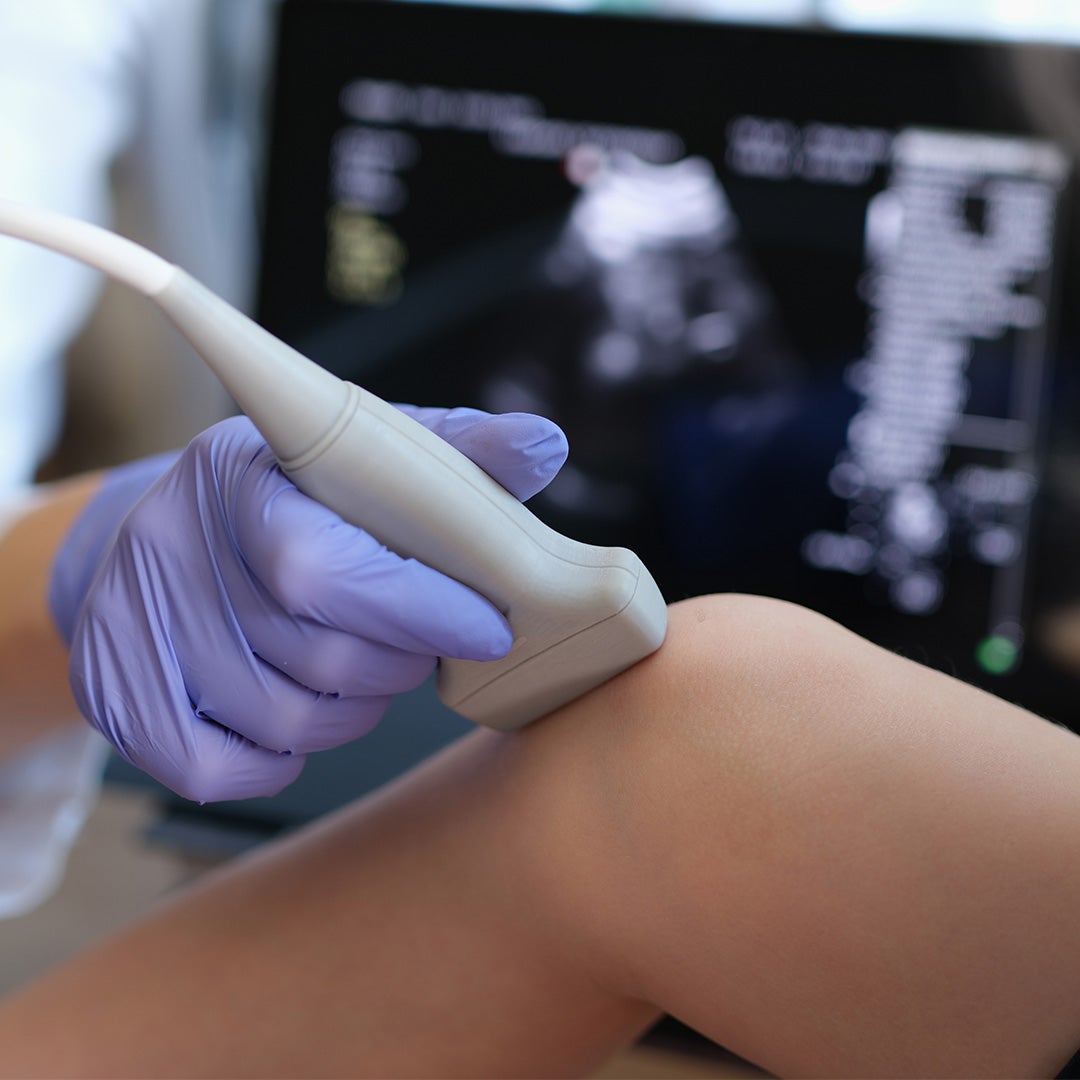Sonographers play a key role in diagnostic imaging services. They contribute to patient care by capturing anatomical data to visualise internal structures and assisting in the medical diagnostic process.
In hospitals, clinics and imaging centres, sonographers use advanced ultrasound equipment to capture images of muscles, tendons, blood vessels and other organs and tissues. These images help doctors identify various medical conditions. They also help monitor foetal development during pregnancy.
Sonographers work alongside healthcare teams, collaborating with radiologists and other specialists. They ensure the quality, precision and accuracy of imaging procedures, providing essential information for medical diagnosis.
With a strong demand for skilled sonographers in Australia, the profession offers a fulfilling career path. This article outlines the educational requirements, registration process and practical experience necessary to excel as a sonographer.
What is a sonographer and what does a sonographer do?
A sonographer is a highly trained professional specialising in medical imaging using ultrasound technology. Their primary responsibility is to conduct ultrasound examinations, generating clear images that contribute to accurate diagnoses and treatment plans. Their expertise goes beyond technical proficiency. They must also communicate effectively with patients, providing necessary information and ensuring a comfortable experience during ultrasound procedures.
Sonographers are committed to ongoing learning, ensuring their skills align with the dynamic nature of medical imaging. Continuous education is integral to a sonographer's career, as they must stay informed about the latest technological advancements and evolving industry standards.
What are the roles and responsibilities of a sonographer?
The core responsibilities of a sonographer encompass the following activities:
- conducting specialised imaging procedures such as vascular, musculoskeletal or breast imaging
- providing foetal development images to help physicians track and ensure the health of both the mother and the developing baby
- positioning patients, equipment and screens for optimal exposure and image clarity
- collaborating with medical professionals to ensure accurate interpretation of imaging that facilitates precise diagnoses and effective treatment plans
- maintaining imaging records, including the documentation of imaging results, patient histories and other essential information to facilitate holistic patient care
- educating patients by providing clear explanations of procedures, preparing patients for examinations and offering guidance on post-exam care
- prioritising patient wellbeing by ensuring their comfort during examinations and adhering to safety protocols to minimise risks
- undergoing continuous learning to stay updated on the latest advancements in medical imaging
How much does a sonographer earn?
Sonographers enjoy diverse career paths, with opportunities in education, community healthcare, leadership and research positions within the medical imaging industry. Sonographers can practise across a wide variety of imaging disciplines, including musculoskeletal, obstetric and gynaecological, abdomen and chest, breast, vascular, cardiac and paediatric.
Sonographers hold an important role in the field of healthcare, with approximately 4,800 Australian professionals currently employed in sonography jobs. Demand for proficient sonographers is expected to rise as the importance of diagnostic imaging in healthcare becomes increasingly apparent. Job growth in the medical imaging sector is forecasted to be 14.7 per cent over the next five years.
Australian job platforms list a variety of positions suitable for prospective sonographers exploring employment opportunities. The average annual sonographer salary in Australia ranges from approximately $115,000 to $135,000.
A sonography career provides excellent remuneration and offers the satisfaction of delivering accurate medical diagnoses that aid in the effective treatment of patients.
How to become a sonographer in Australia
Becoming a sonographer involves completing sonographer courses, followed by hands-on training. These are the five steps required:
- Evaluate your skills and suitability
Attention to detail, effective communication skills, and a genuine interest in diagnostic imaging are important characteristics. These skills can be further developed as you study sonography and progress in your career. - Complete the required education
First, you should complete an undergraduate degree in a related field like medical imaging or medical radiation science. These courses involve three or four years of full-time study.
Then you should obtain a Graduate Diploma in Medical Ultrasound. This will involve another two years of part-time study. You need to hold an undergraduate degree to enter this course. You may be able to undertake this graduate diploma if you hold a recognised bachelor’s degree in a relevant allied health field and can gain suitable clinical experience in medical ultrasound.
Another option is to complete a master's degree, such as a Master of Medical Ultrasound, after which you can decide to specialise as a vascular, general or cardiac sonographer. - Register as a sonographer
After completing your education, you should register with the Australian Sonographer Accreditation Registry (ASAR) to become an Accredited Medical Sonographer. To maintain your registration, you will need to undergo annual Continuing Professional Development (CPD). - Expand your expertise
Consider pursuing additional short courses to enhance your skills and stay ahead of the latest advancements in diagnostic imaging. You can also seek internships, volunteer opportunities or entry-level positions in medical imaging facilities to gain hands-on experience. - Start searching for jobs
Once registered, you can seek career opportunities in hospitals, medical imaging centres, private practices or research and education institutions. The sonography field offers various paths, from general diagnostic sonography to specialised areas like obstetrics or cardiovascular sonography.
A rewarding career in sonography
Choosing a career in sonography offers excellent opportunities for professional and personal growth. By completing the necessary education, gaining practical experience, and actively seeking career opportunities, you can build a successful career in the sector and improve the health and wellbeing of Australian individuals and communities.
Sonographers are essential in the medical field, contributing to the early detection and diagnosis of various conditions. It’s a career that offers the satisfaction of making a positive impact on individuals' healthcare journeys. Sonographers play a crucial role in diagnostic imaging, ensuring accurate and detailed insights into patient conditions.
If you're considering education in any of the disciplines offered by our university partners, such as public health, counselling, leadership, nursing, psychology, social work or mental health, then connect with GlobalHealth Education today. Our Student Enrolment Advisors can guide you toward programs that align with your career aspirations.




















